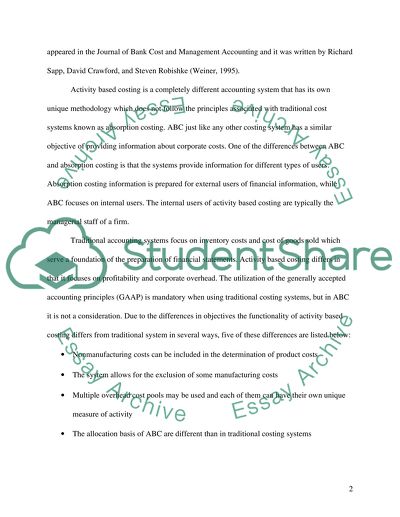Cite this document
(Activity Based Costing Report Example | Topics and Well Written Essays - 1500 words, n.d.)
Activity Based Costing Report Example | Topics and Well Written Essays - 1500 words. https://studentshare.org/finance-accounting/1551606-activity-based-costing
Activity Based Costing Report Example | Topics and Well Written Essays - 1500 words. https://studentshare.org/finance-accounting/1551606-activity-based-costing
(Activity Based Costing Report Example | Topics and Well Written Essays - 1500 Words)
Activity Based Costing Report Example | Topics and Well Written Essays - 1500 Words. https://studentshare.org/finance-accounting/1551606-activity-based-costing.
Activity Based Costing Report Example | Topics and Well Written Essays - 1500 Words. https://studentshare.org/finance-accounting/1551606-activity-based-costing.
“Activity Based Costing Report Example | Topics and Well Written Essays - 1500 Words”. https://studentshare.org/finance-accounting/1551606-activity-based-costing.


